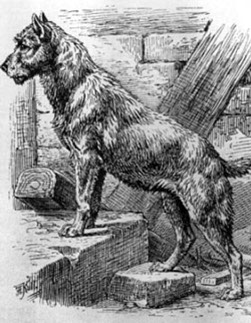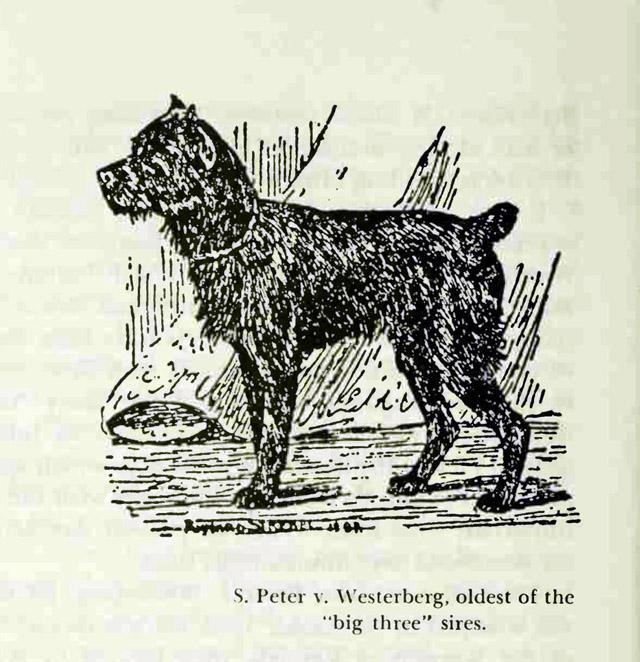The Development of White Miniature Schnauzers

The history of white miniature schnauzers dates back more than 100 years. The first miniature schnauzers appeared in the late 1800s around Munich, where Affenpinschers had already been very popular for years.
When determining the origin of miniature schnauzers, we cannot rely on precise pedigree data. Some theories suggest that the breed was developed through the crossbreeding of small Schnauzers and Affenpinschers. "It is likely that the miniatures were not created through the pairing of Standard Schnauzers, but rather as a result of crossbreeding Schnauzers and Affenpinschers," wrote Joseph Schwabacher in his 1930 book "History of the Schnauzer and Miniature Schnauzer." He noted that these breeds were never characterized by the white color.
When determining the origin of miniature schnauzers, we cannot rely on precise pedigree data. Some theories suggest that the breed was developed through the crossbreeding of small Schnauzers and Affenpinschers. "It is likely that the miniatures were not created through the pairing of Standard Schnauzers, but rather as a result of crossbreeding Schnauzers and Affenpinschers," wrote Joseph Schwabacher in his 1930 book "History of the Schnauzer and Miniature Schnauzer." He noted that these breeds were never characterized by the white color.

Based on pedigree research, a prize-winning Black Miniature Schnauzer is considered the progenitor of the White Miniature Schnauzer. This dog, named Peter V Westerberg (PZ604), was born in 1902 and is believed to have carried the "e" gene responsible for the white color, or as the German records at the time referred to it, the yellow color. Records show that this dog was paired with a bitch named Gretel VD Werneburg (PZ1530) of unknown color, resulting in the birth of a yellow bitch named Mucki VD Werneburg (PSZ 8) in October 1914. Mucki was later paired with Peter's grandson, Pucki VD Werneburg (PSZ12), who was dark pepper-and-salt in color. From this pairing, Peterle VD Werneburg (PSZ11), a black male born on June 2, 1916, emerged. He became a German Champion and, through his mother, certainly carried the yellow or, as we now know, the white "e" gene. According to American research, all White Miniature Schnauzers can be traced back to Peter V Westerberg and his grandson Peterle VD Werneburg. For example, if we examine the pedigree of a dog named Dorem Display, we find numerous lines of descent from Peter, making it statistically impossible to eliminate the white "e" gene from the population. Until 2006, there was no genetic testing available, so only dogs that visibly appeared white ("ee") could be excluded from breeding, while carriers of the "e" gene could continue to pass on the white color.

According to the original breeders' vision, the goal in developing the breed was to ensure that Miniature Schnauzers were as accurate a miniature version of Standard Schnauzers as possible. Since Standard Schnauzers only exist in black and pepper-and-salt colors, breeders aimed for the same in Miniature Schnauzers. To this end, the German breed club banned the breeding of white and parti-colors, citing that they were contrary to the breed standard.
Many rumors circulated that white miniatures carried the same faulty and often fatal genes as blue or merle dogs, or that they suffered from deafness or other health issues, similar to white Boxers.
Among early breeders, many believed that white puppies were albinos, as these puppies were born with pink skin and noses. As a result, many of them were euthanized, as albino genes were considered defective and imperfect. Those who thought differently and allowed the white puppies to live soon realized that after a few days, the skin around the puppies' noses, mouths, and paw pads darkened.
Time has proven that White Miniature Schnauzers are just as healthy as their other colored counterparts, and their temperament remains true to the original SCHNAUZER character.
